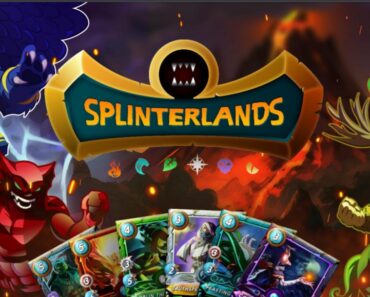The Centralized Gaming Industry
Today, almost 3 billion people around the world play video games, and there is an entire infrastructure around professional gaming— one that has created significant opportunities and wealth for top players. The very best of them are considered athletes: employed as salaried team members, sharing in prize money at tournaments, and commanding lucrative sponsorship agreements. Others monetize live streams of themselves by playing games on viewership platforms like Twitch or YouTube Gaming.
Video games now represent a $336 billion industry, according to BITKRAFT Ventures, accounting for a wide spread of software, hardware, and intellectual property. As gaming has grown to become the world’s largest media category ahead of linear TV, on demand entertainment, film, and music, certain characteristics have developed with it. Importantly, almost all game based economic activity is centralized, giving developers and publishers the rights to everything going on within their games. The business case for this is to capture the billions of dollars generated from the sale of in game content, digital items, and subscriptions—but it also means that the vast majority of players themselves have few ways to share in the value without following the route of professionalization.
This historically custodial model of ownership and profitsharing has persisted as the industry has grown—but it might be on the cusp of transformation, with the arrival of so-called ‘play-to-earn’ games. This type of video game allows players to ‘truly’ earn and own digital assets that they can then sell outside of the game at their own discretion.
Blockchain transforming the gaming industry.
Blockchain is already being applied to a broad range of sectors from finance to art—and video games are no exception. Play-to-earn games rely on blockchain technology, including in the form of non fungible tokens (or NFTs), as the foundation for value creation. An NFT is a digitally secured claim of ownership for a unique, non interchangeable digital asset. In practice, NFTs can take many shapes inside virtual worlds: characters, items, land, decorative personalization features such as digital clothing, and more. People ‘earn’ the most valuable items by playing the game very well, and can sell them for real-world money at their own terms.
The Axie Infinity Case Study
The Philippines has a love affair with Axie Infinity and it’s easy to see why. The popular blockchain game lets you play away the hours, but instead of wasting time, you’re making money. You are paid in cryptocurrency and often between Php 20,000 and 50,000 a month. You get to earn from home or wherever you can take your phone, computer, or tablet.
If you’re in the Philippines, you’ve probably heard whispers of Axie Infinity scholarships, and play-to-earn games but you might not know how they work or how you can get involved. There are many play 2 earn games but none have captured the imagination or love of so many people as Axie Infinity has. If you grew up in the last decade you’ll remember playing and collecting Pokemon cards or your own little tamagotchi. Axie Infinity was inspired by these classic games and has adventure and P2P (player-to-player) modes where you go up against quests and fight other players in the arena to get rewards.
You play using your own team of adorable Axies. They’re virtual pets each with their own special abilities in attack and defence that live on the blockchain. There are nine different classes of Axie: reptile, plant, dusk, aquatic, bird, dawn, beast, bug, and mech. Although Axies do breed, creating new Axies, they are still very expensive because the game is so popular, especially in the Philippines. To play the game you need to buy a team of 3 Axies to get started. So for most people, they don’t have access to a game that could be life-changing. This is where player guilds come in. A guild is a group of players and cryptocurrency investors who come together to buy Axies and let other people borrow them to play.



